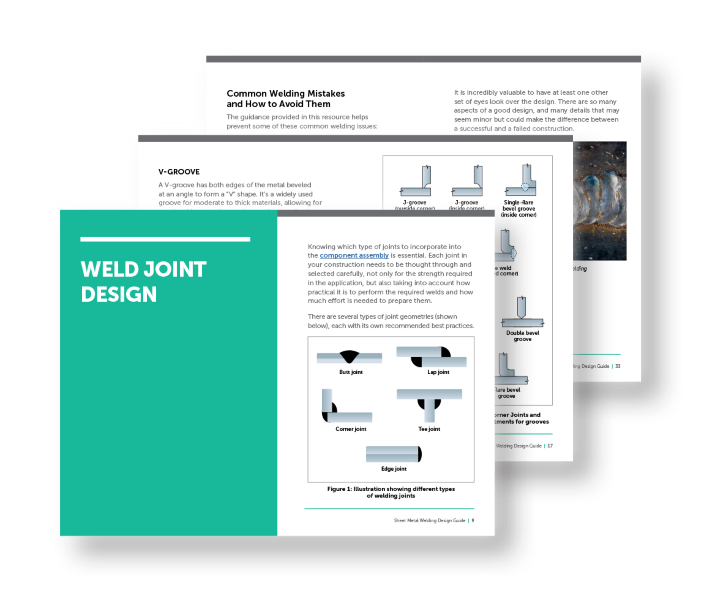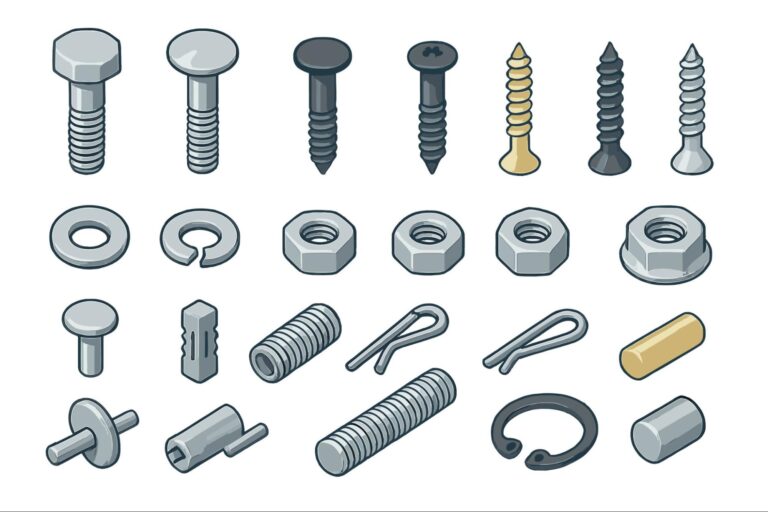Time to read: 4 min
This week we brought together two guests who have not just spent years in the manufacturing and supply chain industries, but who are regularly published as experts in their field. First up was Sarah Barnes-Humphrey, founder and host of podcast and blog “Let’s Talk Supply Chain” (LTSC). With 20 years in logistics and supply chain, Sarah is also the co-founder and CEO of Shipz Inc. Sarah was joined by Ron Keith, who has more than twenty years of operations and supply chain experience, and a reputation as an innovator, team builder, creative problem solver and strategic thinker who delivers straight talk and strong results.
Headlines from my co-host, journalist Philip Stoten:
- As we move through the COVID-19 crisis, we see increasing discussion on supply chains for a COVID recovery and in a longer-term post COVID world. Agility and resilience are two of the key words being used.
- Japan has announced a multi billion-dollar stimulus package to shift manufacturing dependence from China, basically paying Japanese companies to manufacture elsewhere. Meanwhile, we are seeing momentum in the U.S. on reshoring manufacturing to reduce dependence. All while China is getting back online and moving back towards full capacity. What is clear to me is that brands and consumers won’t want to pay extra for “made outside of China,” so automation and the digital transformation of manufacturing and supply chain are the only solutions.
- Manufacturers continue to step up and collaborate. We saw, perhaps for the first time, a headline with FLEX and Jabil: “Philips announced that manufacturing partners Flex and Jabil are helping to further expand its hospital ventilator assembly lines and strengthen its supply chain”.
- Despite pockets of increased demand, National data shows manufacturing output fell at a 74-year record rate in March 2020. Motor vehicle output plummeted 28% as consumer demand for auto products fell 27.2% and automakers closed their factories to prevent the spread of COVID-19.
Before our guests joined the group, I shared an excellent article from the Harvard Business Review, entitled “Bringing Manufacturing Back to the U.S. Is Easier Said Than Done” by Willy C. Shih. I’d recommend reading this piece and taking note of the comments relating to inventory being “fundamentally evil” and the relentless drive to reduce costs.
From our guests
It seems every week in the Bunker, “collaboration” comes up as a key ingredient to success and to getting through challenging times. This week was no exception, with both guests underlining the need to not only work together, but to come together to share ideas and best practices.
Sarah opened her segment with some encouraging input based on her own interviews and conversations with economists and industry experts. It’s important at times like these to not have only doom and gloom and to look at what is fundamentally reliable in the world and the economy.
In exploring supply chains, both Sarah and Ron agreed that current solutions are far too document-driven and manual. This creates a ton of opportunity for those wanting to accelerate the digitization of the supply chain management process, particularly those with SaaS (Software-as-a-Service) plays. According to Sarah, the freight forwarding community has been focused on this digital thread connecting demand to fulfilment for some time. Now, it seems even more important and urgent. Sarah added that this is no time to be building your own software; it’s just not doable and not flexible enough, particularly in such uncertain, volatile times. When it comes to sectors like retail, we’d ideally want to be able to predict consumer behavior, and we can only do that with data and analytics.
When Ron joined the discussion, the debate moved to the issues of manufacturing footprints, exploring the options to move manufacturing out of China and the reduction of supply chain dependency. We talked about the Toyota model of building a manufacturing city, where tier one and two suppliers sit cheek-by-jowl with the primary brand. Ron shared his experience with larger contract manufacturers doing something similar, especially when entering new geographies like Mexico in the very early 2000s.
Exploring the “reshoring” or “regionalization” question, the panel agreed that no one would really want to pay more for products to be “Made in America,” so those costs would have to be absorbed somewhere. Contract Manufacturers, or CMs, have notoriously low, single-digit margins, so that leaves the brands to pick up the bill. Both guests agreed that efficiencies in the supply chain could contribute, but cost would be an issue. After all, we’ve debated the cost of sustainability for years, and it seems there, too, consumers want more sustainable products but don’t want to pay a higher price. Just a reality check: It’s important to understand that China has built an impressive manufacturing and supply chain capacity, with over $4 trillion capacity. Compare that to, say, Vietnam, with around $40 billion; that’s 100x smaller.
As you’d expect with two guests used to holding a microphone, there was no shortage of debate and interaction.
Here are a few of the key takeaways from The Supply Chain Bunker (Episode #5) – the journalist’s view:
- Disruption may be the enemy of lean manufacturing principles
- We’re replacing just-in-time with just in case
- People won’t pay more for “made outside of China”
- Digital transformation can drive efficiency
- Don’t depend on government initiatives; create your own plan B










